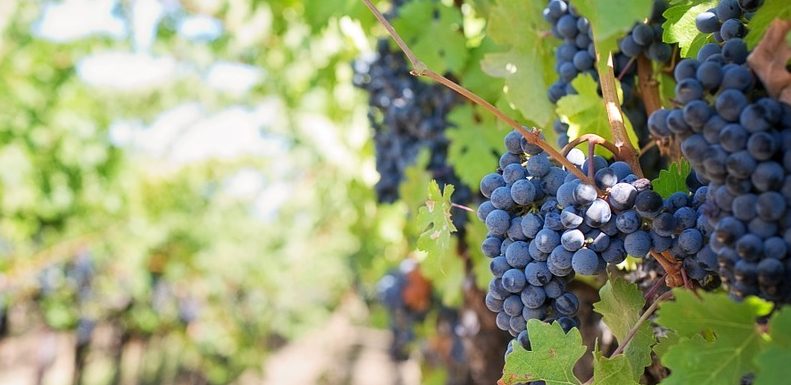North Florida Vineyard
The Cypress Creek Ranch vineyard is a plantation of Muscadine and Scuppernong grape-bearing vines, grown mainly for winemaking, but also raisins, table grapes and non-alcoholic grape juice. The science, practice and study of vineyard production is known as viticulture.
A vineyard is often characterised by its terroir, a French term loosely translated as “a sense of place” that refers to the specific geographical and geological characteristics of grapevine plantations, which may be imparted in the wine.
Vitis rotundifolia, or muscadine, is a grapevine species native to the southeastern and south-central United States. The growth range extends from Florida to New Jersey coast, and west to eastern Texas and Oklahoma. It has been extensively cultivated since the 16th century. The plants are well-adapted to their native warm and humid climate; they need fewer chilling hours than better known varieties, and thrive in summer heat. Muscadine berries may be bronze or dark purple or black when ripe. Wild varieties may stay green through maturity. Muscadines are typically used in making artisan wines, juice, and jelly. They are rich sources of polyphenols. In a natural setting, muscadine provides wildlife habitat as shelter, browse, and food for many birds and animals. It is also a larval host for the Nessus Sphinx Moth (Amphion floridensis) and the Mournful Sphinx Moth (Enyo lugubris).
The scuppernong is a large variety of muscadine (Vitis rotundifolia), a species of grape native to the Southern United States. It is usually a greenish or bronze color and is similar in appearance and texture to a white grape, but rounder and larger and first known as the ‘big white grape’. The grape is commonly known as the “scuplin” in some areas of the Deep South. It is also known as the “scufalum”, “scupanon”, “scupadine”, “scuppernine”, “scupnun”, or “scufadine” in some parts of the South. The scuppernong is the state fruit of North Carolina

